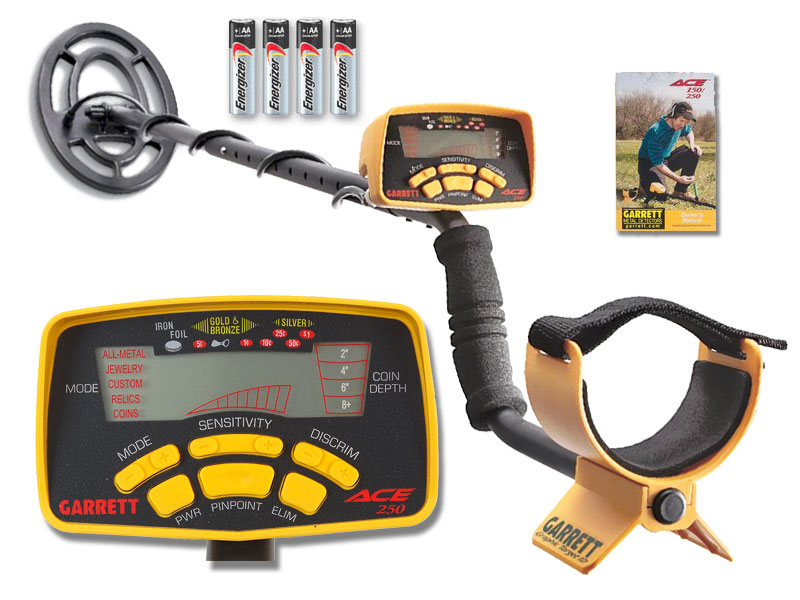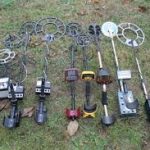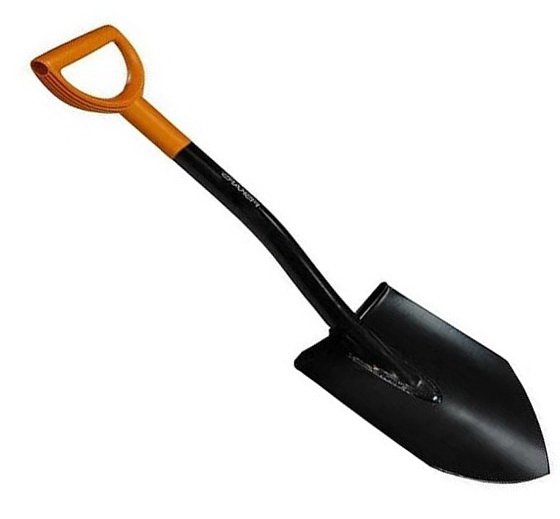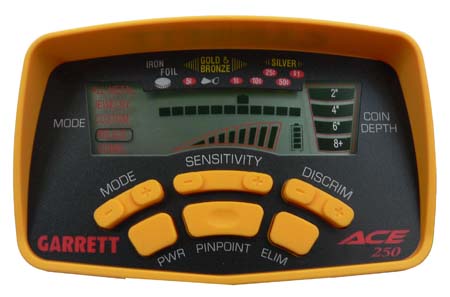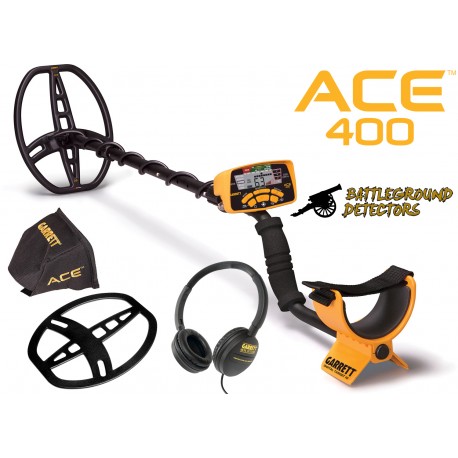
Liczy się tylko zasięg wykrywacza – mit mający się wciąż całkiem dobrze
Podczas praktycznie każdej rozmowy o poszukiwaniach skarbów temat początkowy to wykrywacz -nie jest to dziwne, gdyż piszczący i nietypowo dla przechodnia wyglądający przedmiot wzbudza zainteresowanie. O ile rozmówca nie prosi nas, mniej lub bardziej elokwentnie, o oddalenie się z jego włości, to zazwyczaj słyszy się: „panie, głęboko ten wykrywacz bierze?”
Nie ma się w sumie co dziwić. Głębokość detekcji jest najbardziej obrazową formą jakości wykrywacza dla osób postronnych, a dla wielu początkujących detektorystów zasięg, zaraz po budżecie, jest główną wykładnią warunkującą dobór pierwszego detektora. Na forach internetowych zaś setki użytkowników toczy zasięgowe wojny, próbując przekonać świat, że głębszy znaczy lepszy. Czy aby na pewno?
W tym wpisie absolutnie pominę kwestię doboru wykrywacza do celu poszukiwań, zwłaszcza że sprzętów typowo „militarnych” na rodzimym rynku nie ma zbyt wielu w porównaniu do detektorów uniwersalnych i stricte drobnicowych. Skupimy się na samej problematyce zasięgu. Duży zasięg na przedmioty metalowe wymaga od konstrukcji detektora – nie wchodząc też w technikalia możemy przyjąć dość ogólnie, że zasięg obecnie definiuje czułość wykrywacza oraz rozmiar cewki. Tu pojawiają się pierwsze podstawowe problemy. Wykrywacz bardzo czuły będzie wysoce niestabilny oraz pojawią się problemy z prawidłową identyfikacją celu. O ile znaczne „podkręcanie” czułości w wielu zaawansowanych technicznie detektorach może dawać znakomite rezultaty, tak wiąże się to z bardzo specyficzną pracą detektora, przy której użytkownik mniej zaawansowany zwyczajnie się pogubi i nie będzie osiągał zamierzonych efektów poprzez błędną identyfikację tego, co mówi do niego wykrywacz. Nie da się również zwiększać rozmiar cewki, gdyż nawet mając na uwadze tylko względy detekcyjne, nie zaś ergonomiczne, poszukiwanie małych obiektów dużą cewką bywa w wielu środowiskach bardzo utrudnione. Jak więc znaleźć złoty środek?
Każdy inżynier w zespole projektowym zajmującym się konstrukcją wykrywaczy zadaje sobie to pytanie. Niestety nieprzewidywalna natura poszukiwań (niemożliwe do stuprocentowego oszacowania warunki pracy detektora i charakter odnajdowanych obiektów) nie ułatwia zadania. Dlatego na rynku mamy setki modeli, różniących się od siebie zdecydowanie. Spoglądając jednak na potrzeby poszukiwaczy i trendy rynkowe, zdaje się, że zasada „zasięg ponad wszystko” odchodzi nieco na dalszy plan. To świetny trend, ponieważ zasięg nie definiuje skuteczności wykrywacza, mimo takich pozorów. Dlaczego?
Doskonale obrazuje to przykład z oczyszczania terenu z materiałów niebezpiecznych, gdzie występuje potrzeba oczyszczenia konkretnej powierzchni z wszystkich obiektów o określonym charakterze w jak najkrótszym czasie. Dodatkowo poszukiwania te dotyczą tylko i wyłącznie obiektów do określonej głębokości (na przykład do 30cm) i większych niż, załóżmy ludzka pięść. Skuteczność pracy na tym obszarze nie będzie rosła wprost proporcjonalnie do zasięgu wykrywacza. Co więcej, wykrywacz zbyt czuły i zbyt głęboki może wpłynąć ujemnie na skuteczność poszukiwań. Oczywiście potrzebny jest sprzęt o dobrych parametrach głębokości detekcji, ale musimy do tego dorzucić odpowiednią selektywność sprzętu oraz ergonomię użytkowania. Wielu mówi, że miejscówka to 90% sukcesu w poszukiwaniach. Cóż jednak nam po doskonałym terenie, jeżeli nie będziemy się po nim sprawnie poruszać? Sekretem skuteczności nie jest wynajdywanie samych miejscówek najlepszego sortu i super głęboki wykrywacz, ale odpowiednie wykorzystanie sprzętu i możliwości, jakie konkretne miejsce nam daje. Wtedy nadzwyczajne efekty można osiągnąć nawet w pozornie słabym terenie.
Wracając jednak do przykładu z oczyszczaniem terenu – kluczem do sukcesu i wysokiej wydajności jest odpowiednie dostosowanie detektora do zastanych warunków. O ile zmiana wielkości cewki dla większości z nas w terenie będzie niemożliwa, to warto posiadać wykrywacz, który w danej grupie cenowej nie będzie może najgłębszy, ale jego „mózg” będzie w stanie nam pomagać w poszukiwaniach. W hipotetycznej sytuacji na polu, gdzie spotka się poszukiwacz głęboki i poszukiwacz skuteczny, pierwszy z nich będzie miał większą pulę znalezisk, jednak nie będzie w stanie jej przełożyć na wyniki. Szczęście w poszukiwaniach jest potrzebne, ale jeżeli chcecie osiągać ciekawe wyniki, lepiej zdać się na umiejętności i odpowiedni sprzęt. Wtedy szczęście będzie wisienką na torcie, nie wyjątkiem od reguły.
Pozwolę sobie jeszcze na przykład znany mi doskonale z sieci, gdzie toczą się dyskusje na temat „Tani detektor z dokupioną dużą cewką czy droższy wykrywacz”. Dylemat ten najczęściej występuje w ekonomicznym segmencie wykrywaczy, gdzie część poszukiwaczy rekomenduje do poszukiwań bardzo ograniczone technicznie, ale dość głębokie i bardzo nieergonomiczne potwory z cewkami droższymi od wykrywacza. Zdaje sobie sprawę, że opcja dużego zasięgu i obszaru przemiatania to nęcąca opcja. Co jednak zrobić, gdy teren zaśmiecony i trudny, a opcji konfiguracji detektora brak? Albo siąść i zapłakać, albo zakopać się w śmieciach na amen, co chyba ze skutecznością ogólnie pojętą wiele wspólnego nie ma.
Zdaje sobie sprawę, że to zaledwie przyczynek do tematu, jednak jego rozwinięcie praktyczne postaram się pokazać Wam na YouTube jak tylko ustąpią silne mrozy, gdyż kopanie obecnie jest dość mocno utrudnione. Mam nadzieję, że tekst ten sprowadzi przynajmniej jednego „zasięgowca” na dobrą drogę preferowania wykrywaczy skutecznych, a nie tylko głębokich.

